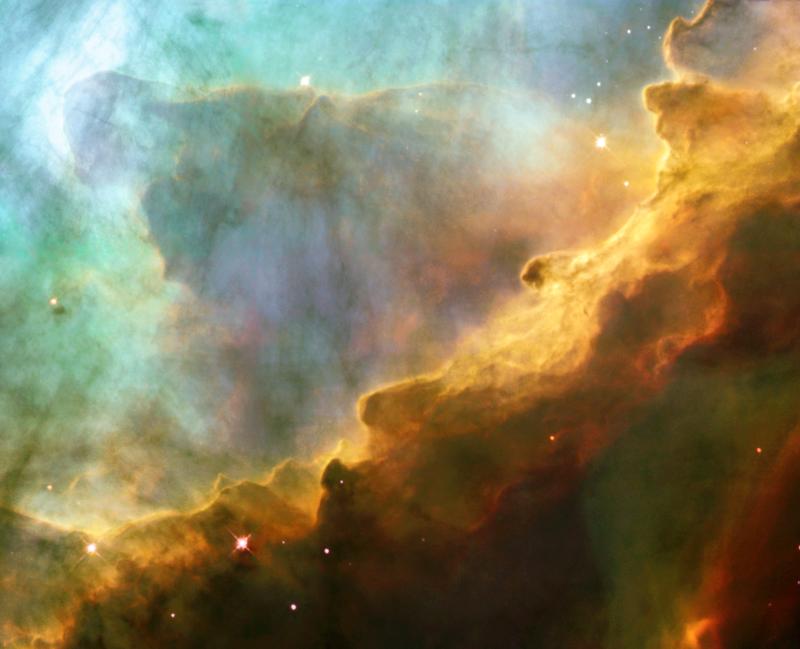Old Method Finally Yields Results
By BellatrixModern develops in hunting for planets outside of our own solar system have yielded the discovery of well over a hundred different planets now. These newer methods include very new telescopes with the resolving power of being able to actually see an exoplanet, with which only 1 so far has been confirmed photographed, and other methods include using radial stellar velocity, or the Doppler effect, and the transit method. Now for the first time since its inception 50 years ago the method of astrometry has found an exoplanet.
The method of astrometry was first thought of 50 years ago to search for planets outside our solar system, called exoplanets. It involves measuring the precise motions of a star on the sky as an unseen planet tugs the star back and forth. But the method requires very precise measurements over long periods of time, and until now, has failed to turn up any exoplanets. This method is different from the more commonly used method of using the Doppler Effect or radial velocity of a star. Most exoplanets have been detected by watching for a wobble of a star, a gravitational tug from an orbiting planet due to the Doppler Effect. Astrometry also looks for a wobble but it is different it measures the displacement the planets cause in their parent star’s apparent position on the sky, due to their mutual orbit around the center of mass of the system.
Two astronomers from NASA’s jet propulsion laboratory in California have been collecting data for the past 12 years from an instrument mounted on a telescope at the Palomar Observatory near San Diego. After looking at data from 30 different stars they have finally found what they were looking for: a planet surrounding the star VB 10. The planet itself is about 6 times the mass of Jupiter and an orbit a bit farther out making a cold Jupiter. The star itself is quite small, a dwarf, at only 1/12 the mass of the sun. For a long time VB 10 was known as one of the smallest stars and now is the smallest star with a planet around it. Because the star is so small, its planetary system would be a miniature, scaled-down version of our own. For example, VB 10b is located about as far from its star as Mercury is from the Sun. Any rocky Earth-sized planets that might happen to be in the neighborhood would lie even closer in.
The finding confirms that astrometry could be a powerful planet-hunting technique for both ground- and space-based telescopes. For example, a similar technique would be used by SIM Lite, a NASA concept for a space-based mission that is currently being explored. This is an exciting discovery because it shows that planets can be found around extremely lightweight stars. It seems that nature likes to form planets, even around stars quite different from our Sun. Now that it’s proven that this technique actually works and yields results it seems likely others might take it up, and more exoplanets will be found. One more tool in the planet hunter’s arsenal; one step possibly closer to finding a planet like our own.
